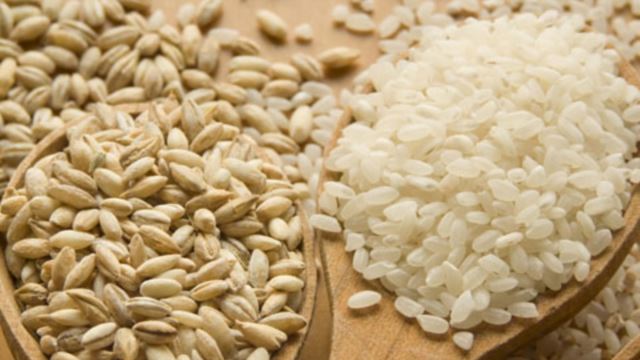For Filipinos, rice is a staple part of daily life. A typical Filipino meal often feels incomplete without rice on the table. It complements the usual combination of dishes, soup, vegetables, and meat.
Today, grocery stores offer a variety of rice options, with white rice being the most common, while brown rice is also gaining popularity. But the question remains: which type of rice is better for your health?
Glycemic Index (GI): A Key Difference
One common way to evaluate a food’s health impact is by its Glycemic Index (GI). GI measures how quickly a food is digested and its effect on blood sugar levels. Foods with a high GI cause a rapid spike in blood sugar, while those with a low GI release sugar more slowly, making them a better option for maintaining steady energy levels and managing conditions like diabetes.
Between white and brown rice, white rice has a higher GI, meaning it raises blood sugar levels more quickly. Brown rice, on the other hand, has a lower GI, making it a preferred choice for those looking to maintain better blood sugar control.
However, GI is not the sole determinant of a food’s health benefits. Factors such as meal timing, portion size, and the combination of foods eaten alongside rice can also influence its impact on your body.
Nutritional Content: Fiber, Protein, and More
White and brown rice also differ in their nutritional profiles. Brown rice is often considered healthier because it retains its bran layer, which is removed during the milling process to produce white rice. This layer contains more fiber, protein, and minerals like magnesium, manganese, and selenium.
White rice, by contrast, is primarily composed of carbohydrates with minimal fiber. That said, many commercially available white rice varieties are enriched with vitamins and minerals to compensate for the nutrients lost during processing.
Despite these differences, the nutritional gap between the two types of rice is not as significant as many people believe. The added fiber and nutrients in brown rice may offer slight health advantages, but the overall impact on health is relatively small if rice consumption is balanced within a varied and nutritious diet.
Which Is Better for Your Health?
While brown rice has a slight edge due to its lower GI and higher nutrient content, the differences between the two are not drastic enough to declare one significantly healthier than the other. Ultimately, the choice comes down to personal preference, dietary needs, and how rice fits into your overall diet.
For those managing diabetes or looking to increase fiber intake, brown rice may be a better option. However, white rice remains a versatile and satisfying choice for many, especially when paired with vegetables and protein-rich foods.
In Summary
Both white and brown rice have their strengths and limitations, but neither is inherently superior in every aspect. The key to a healthy diet lies in moderation and variety. Whether you prefer the familiar taste of white rice or the nutty flavor of brown rice, either can be part of a balanced, nutritious lifestyle when consumed mindfully.



